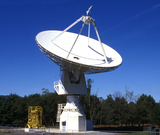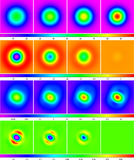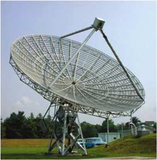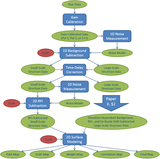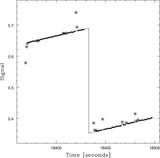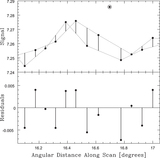Image Details
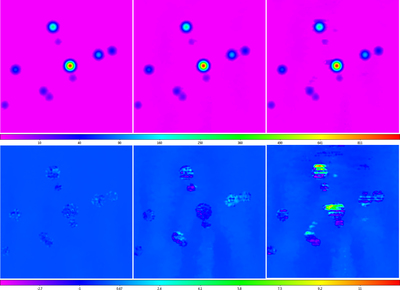
Caption: Figure 37.
Top row: data from the top row of Figure 22, corresponding to 6 (left column), 12 (middle column), and 24 (right column) beamwidth background-subtraction scales, RFI-subtracted, with a 0.95 beamwidth scale. Bottom row: data from the top row (1) minus the point sources from Figure 16 (residuals) and (2) minus the Gaussian random noise residuals from the top row of Figure 34, the small-scale structure residuals from the middle row of Figure 35, and the 1D large-scale structure residuals from the bottom row of Figure 36 (for greater clarity). Elevation-dependent signal is effectively eliminated (Figure 20). Large-scale astronomical signal is not eliminated but is significantly reduced, especially in the smaller background-subtraction scale maps (Figure 20). Locally modeled surfaces (Section 1.2.1; see Section 3.7) have been applied for visualization only. Square-root and hyperbolic arcsine scalings are used in the top and bottom rows, respectively, to emphasize fainter structures.
Copyright and Terms & Conditions
© 2019. The American Astronomical Society. All rights reserved.


